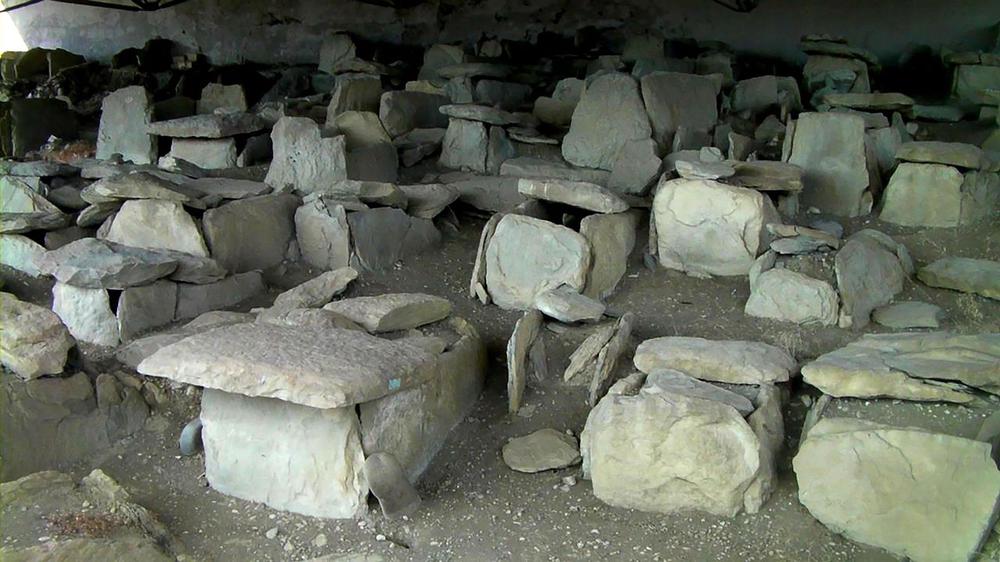Presiding over the historical cityscape of Mtskheta, Georgia, are the imposing ruins of the Armazi Fortress. Once a sentinel guarding the path to Georgia from countries beyond the Caucasus Mountains, its remnants today still reflect its size and significance. With roots dating back to the 13th-15th centuries, the fortress stands as an emblem of ancient Georgian architecture.
Located about 3 km (approximately 1.86 miles) west of Mtskheta, the fortress can be found nestled atop a rocky cliff in the gorge of the Armaziskhevi River. Its lofty location not only made it a formidable adversary for invaders but also affords present-day visitors stunning panoramic views of the surrounding mountains, valleys, and the city of Mtskheta. Spanning an area of 30 hectares (approximately 74.13 acres), the scale and antiquity of Armazi Fortress underscore its importance in Georgian history.
The architectural plan of the Armazi Fortress reveals a unique composition, characterized by a trapezoid-shaped wall and a triangular tower. The fortress, crafted from crushed stone, has a palpable air of history, though it shows signs of severe damage over the years. The first floor of the tower remains devoid of rooms, having been previously utilized for agricultural storage. The second floor showcases large windows, whereas the third floor, now only surviving as lower walls, leaves a haunting echo of its former grandeur.
Navigating to Armazi Fortress can be a memorable part of the journey for adventurous souls. A clear footpath, commencing near the western exit of Mtskheta, leads the way. After crossing a railway and a car road, you'll find yourself on a trail that runs alongside the Armaziskhevi River, directing you right up to the Armazi Fortress.
In the vicinity of the fortress, you'll find several other historical sites including Armaztsikhe (Bagineti), Armaziskhevi, and the Church of the Mother of God of Armazi. Do note that these monuments are often confused due to their similar names. For instance, Armaztsikhe, or Bagineti, where an idol of Armazi was once erected, is different from the Armazi Fortress, and these two lie east of the other monuments.
To reach Armazi Fortress, two key paths are available. One route originates from the remains of the Armaziskhevi Pityakhsh Palace and passes by the monastery of the Virgin of Armazi. The other, a 3 km (approximately 1.86 miles) hiking trail, begins at the confluence of the Armaziskhevi and Mtkvari rivers. This picturesque trail offers abundant opportunities for resting and picnicking en route.
Both trails culminate at the remarkable ruins of the Armazi Fortress, a significant piece of Georgia's historical tapestry that continues to inspire awe and intrigue with its enduring presence.












